Back on New Year’s day, we made an attempt to check out the ruins of an old church on the outskirts of the village of Zalavár, not far from the site of an old Benedictine Abbey. But the fields were wet and we hadn’t brought the wellies. Last week, more suitably attired, we made a second attempt. And this time, succeeded.
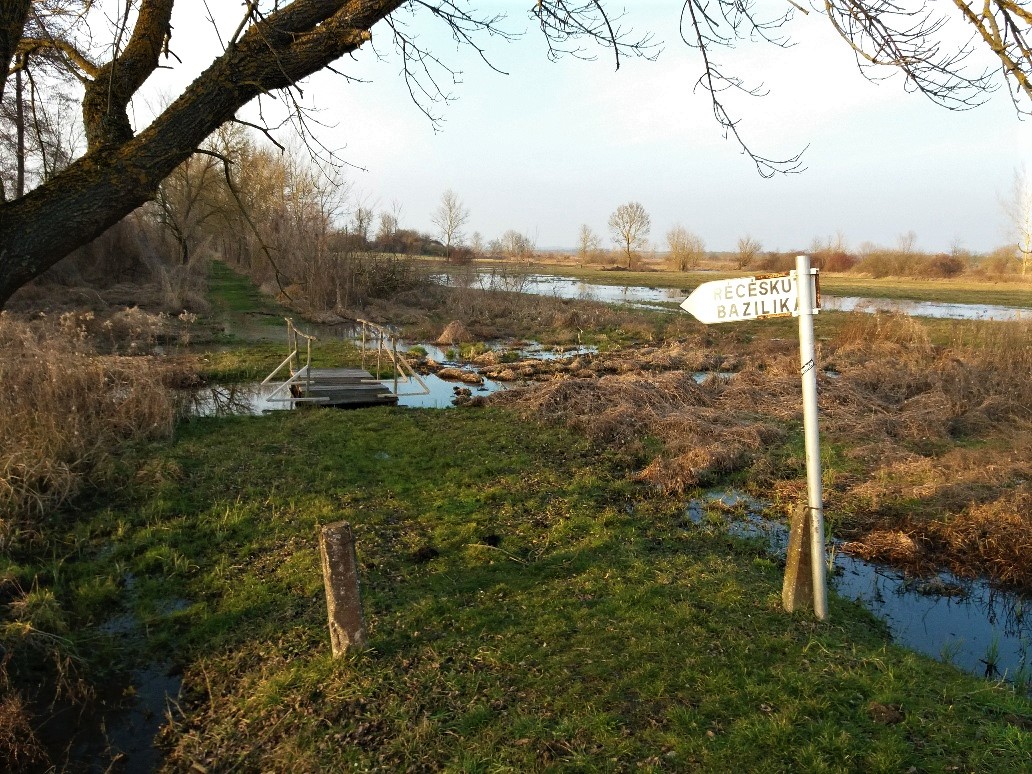
There’s something very therapeutic about sloshing through puddles in wellies. It was cold. Very cold. But nothing had iced over. It was just wet. Very wet. What would appear to be the makings of a natural tree tunnel marked our way. The trees, bare in winter, will be quite something to see when they’re leafed up and budding. I had thought there was a fancier word for a tree tunnel but it escapes me. In googling it, though, I found mention of a famous one in Northern Ireland that features in Game of Thrones. Who knew!

It was all a little enchanted-forest like. At around 4pm, the light was failing but the sun was hanging on for dear life. The silence was loud enough to lose a whisper. And the place had a sense of holiness going on that might well have been a figment of my imagination but nonetheless real. At the end of the tunnel stands a cross – a basic wooden post and steel crossbar. To say I was disappointed doesn’t even come close. This was it? This was all there was to see?
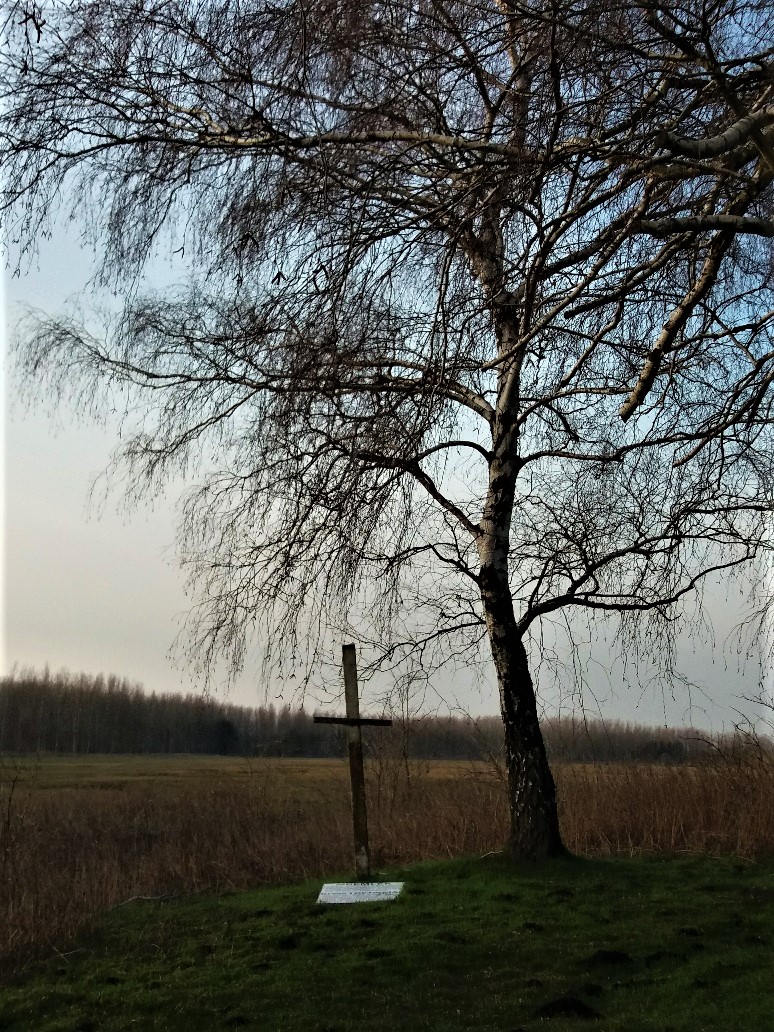

That the sign at the base of the cross was translated into German and not English is testament to the connection Zala county, and Zalavár, has with Germany. More often than not, when hearing my pathetic attempt at speaking Hungarian, the locals figure out that I’m a foreigner and launch in to German. It’s their second language. I had enough Hungarian to get that the original church dates back to 840 AD and on that same site, another basilica was built in the sixteenth century. But what? Where?

I turned right and there it was. As usual when confronted with old ruins of times gone by, I’m gobsmacked that they’ve survived. Further research tells me that the church itself was built on the remains of a burned-out Slavic settlement and that’s what dates back to 840 Zalavár. And in total, three churches were built at various times. And, apparently, that last one is similar in shape to temples built on the coasts of North Africa or Italy – depending on what you read 🙂 I was quite taken by what looked for all the world like a big stone barrel laying on its side.

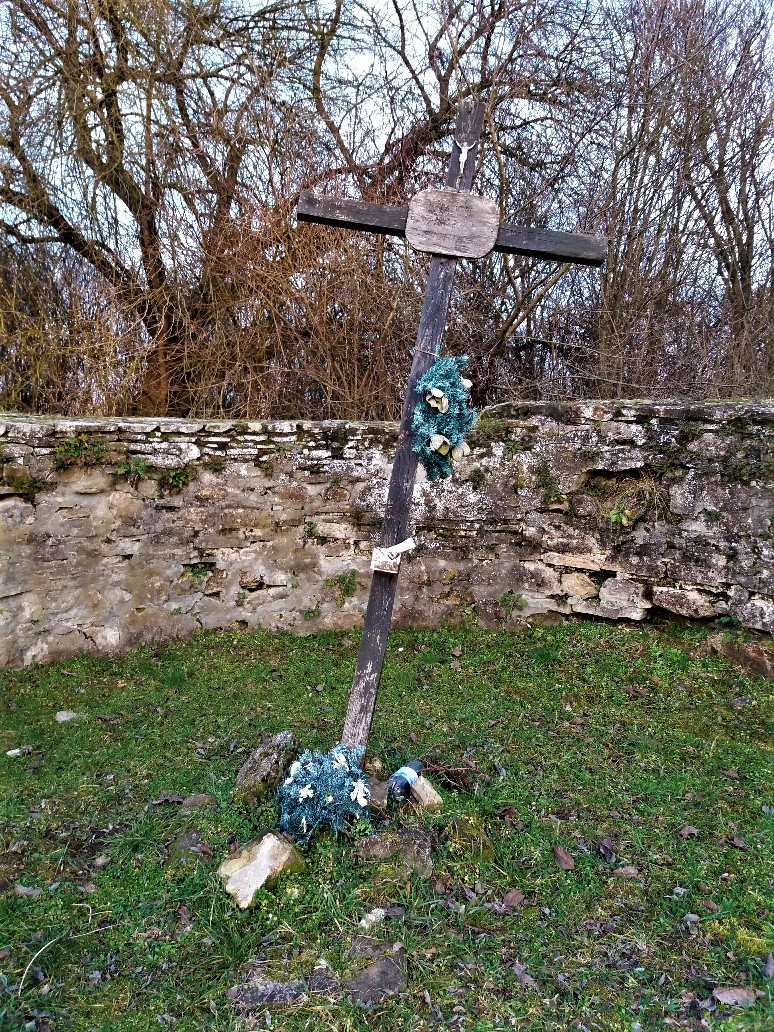
We had our three wishes – a church is a church is a church when it comes to the three wishes for a first-time visit rule – and stood for a while in silent contemplation. Discovered back in the 1940s, it really is a lovely spot. Zalavár and its surrounds are rich in history; back in their heyday they must have been quite the hub of activity. With renewed government focus on the Kis-Balaton (as evidenced by the tourist banners and ads in the airport arrivals) perhaps the church will see more by way of visitors this summer.
If you’re visiting Hungary, remember, there’s far more to the country that just Budapest.
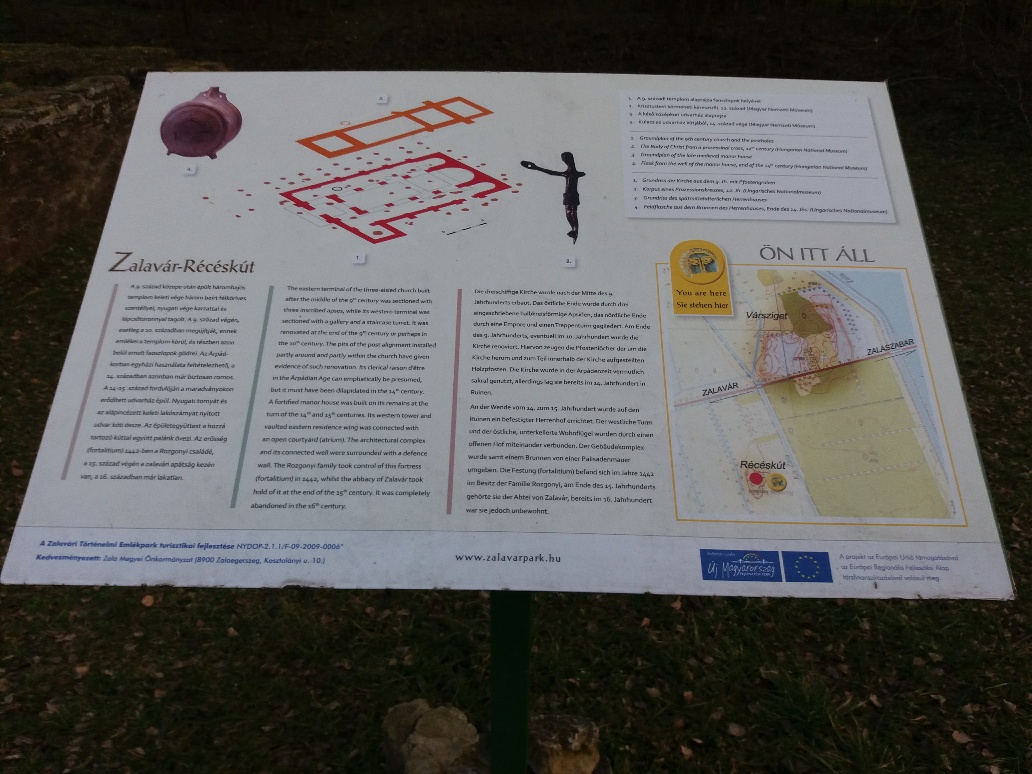


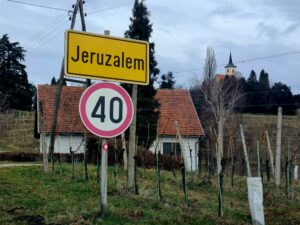



2 Responses